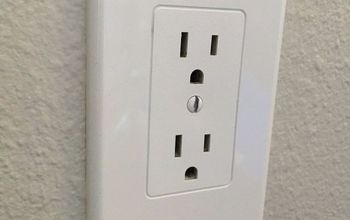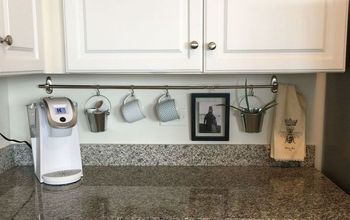7 Quick Home Inspections That Could Save Your Life

by
BrightNest
(IC: blogger)
We bet that you lock your doors at night and keep your kids away from the medicine cabinet, but if you haven’t inspected your house in a while (or ever), you could be sitting on a dangerous time bomb. Yikes!
While a few of these inspections are better left to a licensed professional, you can cross some off your list right away.
Prevent injury (and even death) by inspecting the following:
While a few of these inspections are better left to a licensed professional, you can cross some off your list right away.
Prevent injury (and even death) by inspecting the following:
1. Got Stairs? Check Your Banisters
Enjoyed the project?

Want more details about this and other DIY projects? Check out my blog post!
Published April 19th, 2015 12:00 PM
Comments
Join the conversation
2 comments
-
 Matt Worthy
on Feb 14, 2019
Matt Worthy
on Feb 14, 2019
Thanks for sharing this useful post. It is important for everyone to know the significance of home inspection. Keep writing more posts like this.
-
-
























Frequently asked questions
Have a question about this project?
We've been thinking for a long time about who we could turn to for help with our apartment pipe repairs. Some acquaintances advised us to read about Repiping in Southern California. We were interested in this article because they use quality materials. Therefore, the pipes will last longer. What do you think about it?